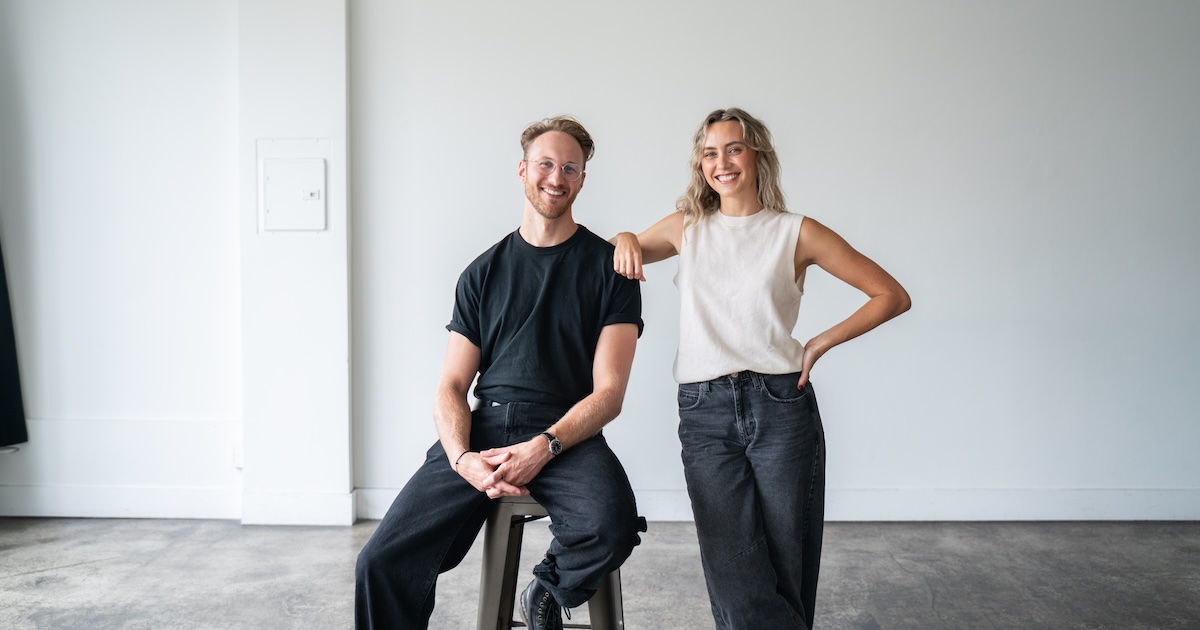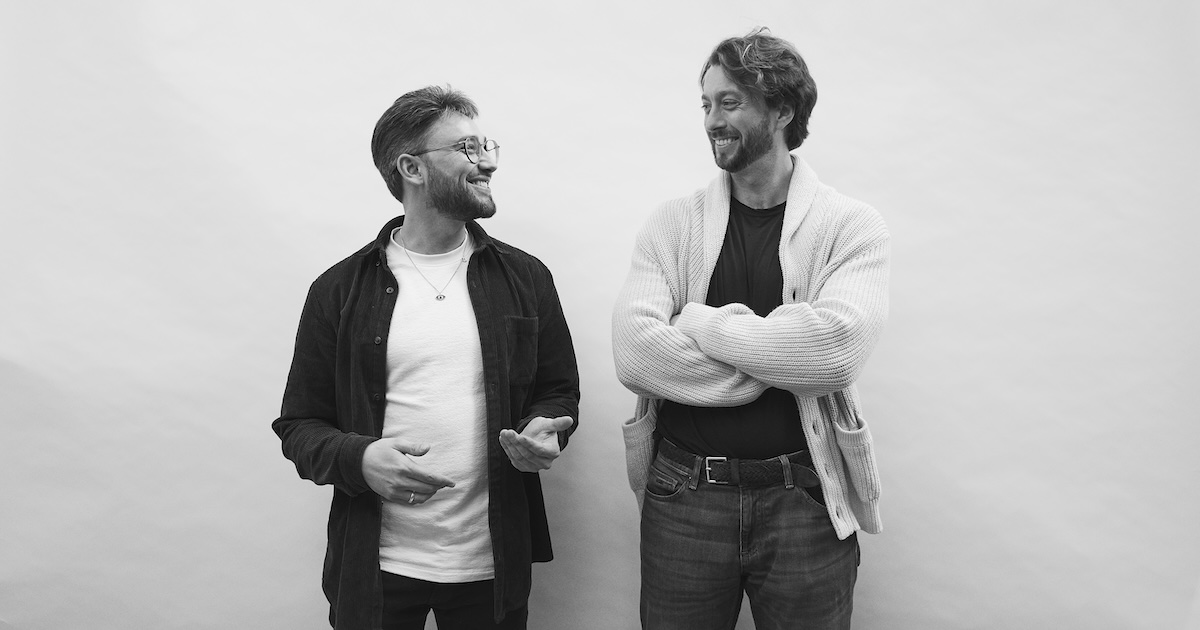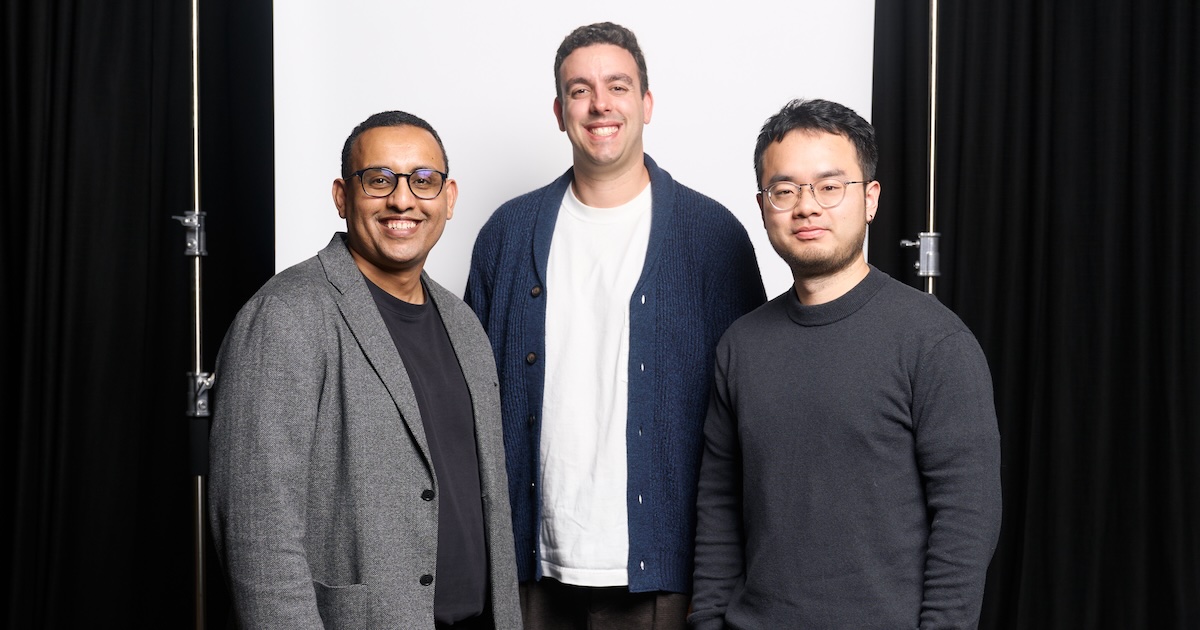
It's not you, it's me.
My colleague Sam wrote about why talking to investors can feel quite a lot like dating, and specifically, how to know if an investor is into you (or not).
Picking up where she left off, here’s why you shouldn’t be disheartened if I swipe left, not right, on your company.
If I get the chance to meet you and hear about what you’re building, but I say no to investing, there's a good chance it's more me than it is you.
Last year I met with 100 founding teams looking for investment.
15 of those conversations got serious: they progressed to an investment committee pitch. 85% of my founder conversations went no further than one or two meetings.
I invested in 5 of them.
So, 95% of first conversations ended in a “no”.
A 5% conversion rate might seem low, but it’s about the right number: the unscalable thing in venture investing is not the total amount of money invested in a company, but rather the number of different company relationships a single investor can have.
When I get the chance to invest, I want to lead your round and work closely with your team for a decade or more.
It’s a matter of falling in love.
It's never easy to say no to the 95% of passionate founders I get to spend time with. Sometimes, it feels like telling someone their baby is ugly.
So, I wanted to lay out in complex VC maths terms what I think separates the 5% from the 95% of founding teams:
(The what * the how) ^ (The who + the why) = true love
THE WHAT.
There’s a path to building a really big, high-margin business around your product.
Getting into bed with VCs isn’t for every product.
Most - maybe as many as 99.9% of businesses - should stay away from the heady drug that is venture capital investment. Their DNA means they won’t ever grow revenue quick enough, attract juicy-enough margins, or achieve the size of outcome (for example, becoming a public company) that VCs are looking for.
For our part, we VCs are here to make the highest-risk, highest-potential reward bets in the investing world.
Like being born tall, dark and handsome, business traits aren’t always in your control as a founder. They tend to be inherent in the market and customer dynamics of the particular product you’re selling.
So: what distinguishes the 0.1%?
- Products that change how someone works, lives or is seen by others. Think the way Jira changed how engineering teams work together, or how Figma elevated the role of designers in an entire organisation. That stuff is sticky. Example: Tracksuit helps marketers measure brand awareness.
- Products that are fresh, different, maybe even crazy in their scope. Example: Halter’s self-herding cow collars to make fenceless farming possible.
- So they don’t have to compete with commodities. Example: Cellular agriculture startup Vow makes quail dumplings and mammoth meatballs. Counter-example: bioplastics that compete on price and performance with regular plastics.
- They land new customers really cheaply, and fend off competitors, because their product is simply better. Example: Canva’s all-in-one, easy-to-use design suite makes it possible for anyone to create compelling visual content.
- Some have network effects: their product gets better as more people use it, making it even cheaper to attract new customers - the reverse of most businesses, who tend to face more competition for new customers over time. Example: VeVe’s collectibles marketplace grows in value as more members buy and trade, incentivising new fan properties to launch collectibles on the site.
THE HOW.
You’ve thought deeply about, and made exceptional progress, on customer, product and distribution.
This is where initial attraction to a venture-backable product can go from curiosity to butterflies in the stomach.
1. You understand deeply who you’re building for and what problem you’re solving
The best products, and biggest companies, are born of an obsessive desire to improve customers' lives. This obsession is often born from something about the founders' lived experience, career history or family background. Example:
- Halter founder Craig's desire to change dairy farming came from wanting to improve his parents' working lives after growing up witnessing them working 70+ hour weeks.
- VeVe’s founder David is a lifelong collector himself
This intuition is backed-up by months of problem-focused customer research, that is problem-first, not solution-first. You’re looking to disprove any ingoing hypotheses as much as confirm them. Examples:
- Excellent and SafeStack bootstrapped customer research through offering human-delivered services before creating software
- VeVe ran a chain of physical collectible stores that helped them deeply understand fandom, and build relationships with licensors like Disney
- Throughline offers a free product that >230K users access per month
- Culture Amp sold their first 5 customers based on a pitch deck, before writing a line of code
2. You’re overflowing with ideas about where you want to take the product next
While you might not know the details yet, your depth of customer insights mean you see an Act II and beyond to your product.
When you create something and it doesn't land, you take stock and quickly pivot.
- Example: Seachange shifted from an initial hypothesis around low-emissions shipping-as-a-service, to offering customers hydrofoiling boats of any size
3. If you don’t yet have paying customers, you’ve still got a good idea how to get products in customers' hands for feedback, then revenue
The best founders do a lot with little time and money. They figure out ways to launch products, get feedback, and spread awareness without resorting to paid marketing.
- Example: Tracksuit was launched in conjunction with partners that their targeted customers already knew and trusted.
I don't care that much about Total Addressable Market, nor competition. Those will sort themselves out if your product is deeply loved by customers you're obsessed with helping and listen keenly to for feedback.
THE WHO and the WHY.
This is where true love unfolds.
These are the exponential factors that, when applied to the combination of the what and the how, produce magic.
The most lovable founders build and iterate quickly on the product themselves, without relying on development agencies or outsourced talent. If you’re not technical yourselves, you've magnetised an incredible builder or two to your starting lineup.
Last, but perhaps most important: you’re doing your life's work. You have an insatiable desire to create something customers need. You’re not chasing wealth or fame, but impact: you see that a different way of doing things is possible, inevitable, and yours to will into existence.
Exceptions to the rule
There are many exceptional, lovable businesses that don’t fit these heuristics. Examples:
- Twilio, which, at ~50% operates at a lower gross margin than other software companies because of the fees it pays telco network operators);
- Coca Cola, whose flagship drink is indistinguishable from Pepsi in taste tests, yet consistently wins on market share because of its superior marketing and distribution; and
- Cerner, which sells hospital software and necessarily relies on an army of salespeople and customer support resources to land new accounts
Even if I don’t fall in love with your company, there are plenty more fish in the sea: other investors who will fall in love with your business, and go on to be loyal long-term partners.
There are also many, many businesses that have scaled to greatness without the help of venture capital at all. That’s an even better outcome for their founders, who don’t have to give up ownership to investors in the process.
The formula above is just a guide to how I spend time and, ultimately, money.
It’s a work in progress.
And naturally, love always finds a way. Each rule is made to be broken, every now and again.










